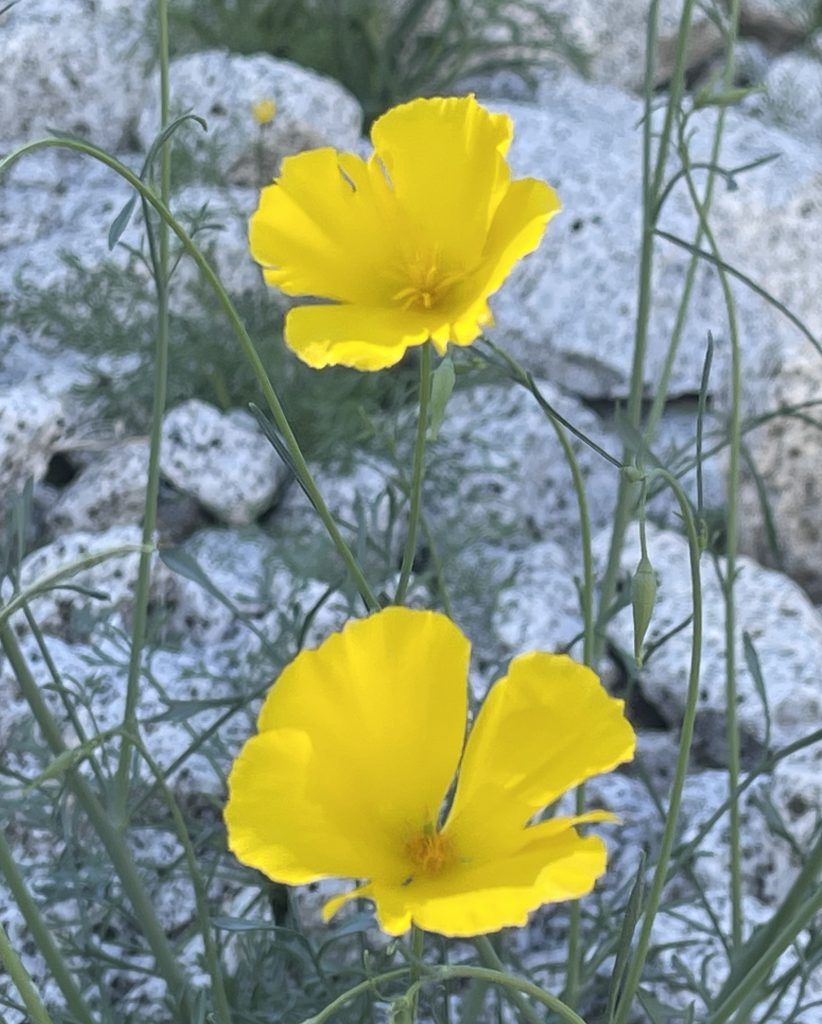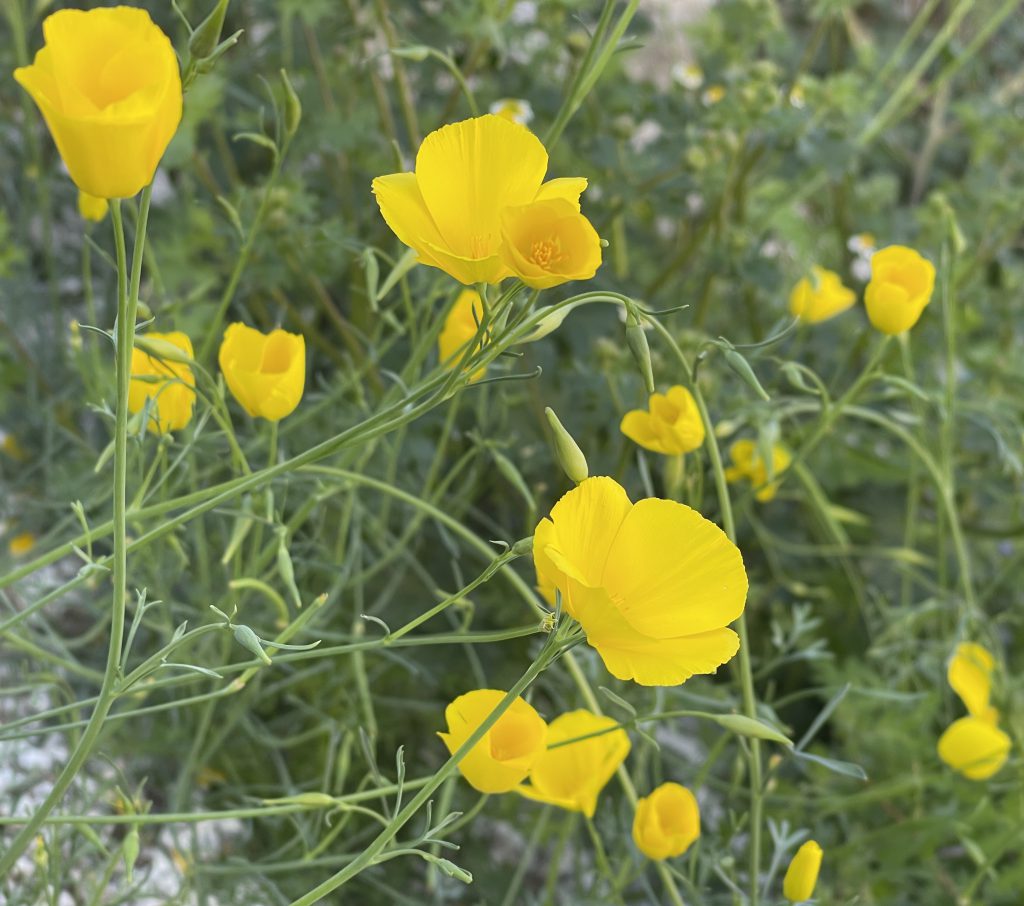Eschscholzia parishii, commonly known as Parish’s poppy, is a perennial species of flowering plant that is native to California, specifically in the Mojave and Sonoran deserts. The plant is named after Samuel B. Parish, a botanist and plant collector who first discovered the species in the late 19th century.
Parish’s poppy is known for its stunning yellow flowers, which bloom from March to May. The petals are thin and delicate, with a papery texture that gives the flowers a unique appearance. The plant typically grows to a height of about one foot and has fern-like leaves that are divided into small, pointed segments.
Parish’s poppy is adapted to the extreme conditions of the desert. The plant has a deep taproot that allows it to reach water sources deep below the soil surface, and its leaves are covered in tiny hairs that help to reduce water loss through transpiration. Additionally, the plant is able to go dormant during periods of extreme drought, conserving resources until conditions improve.


Parish’s poppy is a unique and valuable species of flowering plant that is well-adapted to the harsh conditions of the California desert.
Desert Wildflowers of Anza Borrego 🌻
Check the current Anza Borrego wildflower reports from the ABDNHA🌸
